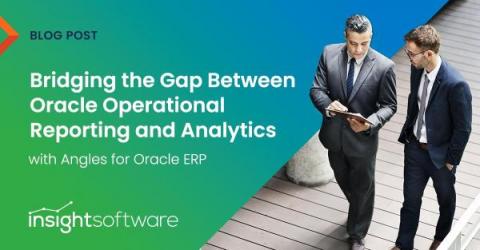How to Track Down Memory Leaks in Ruby
A memory leak is an unintentional, uncontrolled, and unending increase in memory usage. No matter how small, eventually, a leak will cause your process to run out of memory and crash. Even if you periodically restart your app to avoid this crash (no judgment, I've done that!), you still suffer the performance implications of a memory leak.











